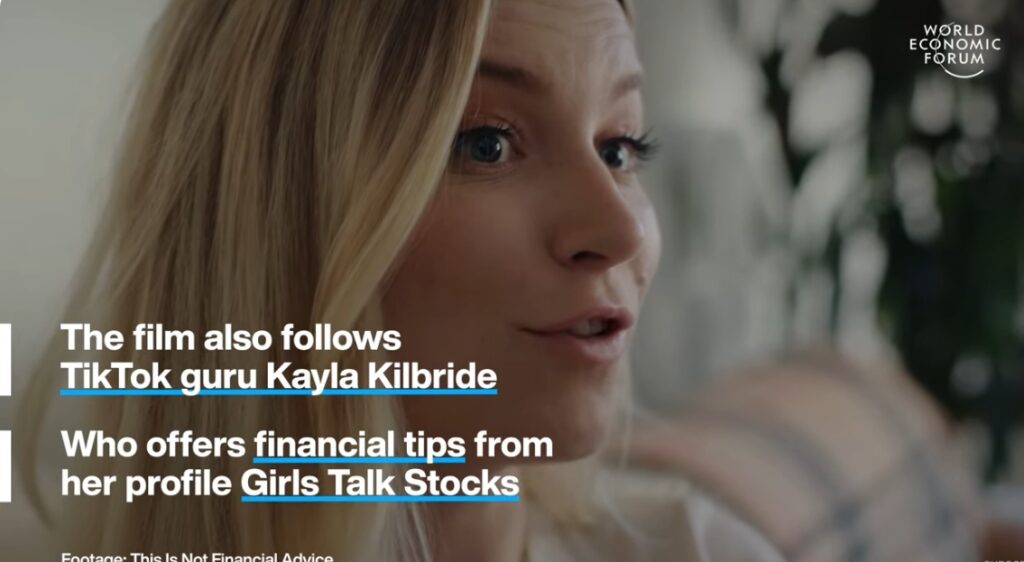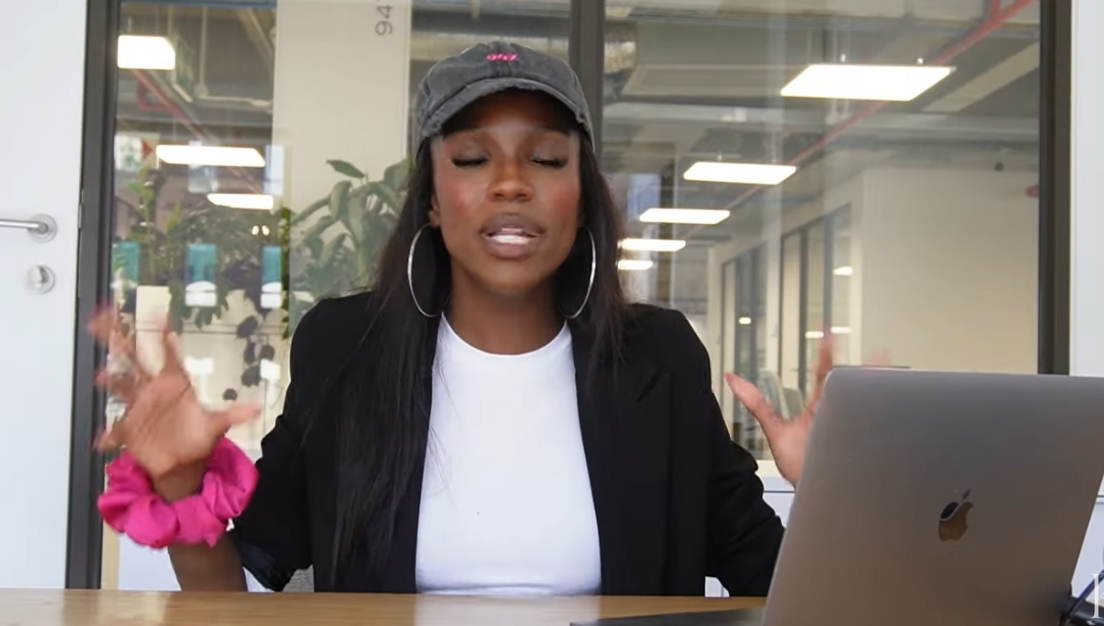As artificial intelligence (AI) continues to reshape industries, businesses, and everyday life, the nature of work is undergoing a profound transformation. From automation to data-driven decision-making, AI is redefining roles and creating new ones, requiring workers to adapt and develop a unique set of skills to thrive in this evolving landscape.
The Age of AI presents both challenges and opportunities. While many routine tasks are being automated, new roles that require human ingenuity, creativity, and emotional intelligence are emerging. To remain competitive and relevant, professionals across sectors must cultivate the right mix of technical and interpersonal skills.
The Key Skills for Success in the Age of AI
- Digital Literacy As technology becomes more integrated into the workplace, digital literacy is no longer optional. Workers must be comfortable with AI tools, software, and platforms that facilitate automation, data analytics, and machine learning. Basic coding knowledge, while not mandatory for all roles, is increasingly valuable, allowing individuals to understand how AI systems function and how they can be leveraged for problem-solving.
- Data Analysis and Interpretation In a world where data drives business decisions, the ability to analyze and interpret vast amounts of information is critical. AI systems generate enormous datasets, but humans are needed to make sense of the data. Data scientists, analysts, and business intelligence professionals must be skilled in working with AI-driven insights, ensuring that decisions are both data-backed and strategically sound.
- Critical Thinking and Problem-Solving While AI excels at processing data, it still lacks the nuanced judgment that humans bring to complex, ambiguous problems. Critical thinking, the ability to evaluate information, identify trends, and solve problems creatively, will remain indispensable. Workers who can blend AI insights with human decision-making will be in high demand across industries, particularly in sectors such as healthcare, finance, and manufacturing.
- Creativity AI may handle repetitive tasks and data-heavy processes, but creativity remains a uniquely human trait. The ability to innovate, generate new ideas, and develop novel solutions to problems will be a defining skill in the AI era. Whether it’s designing new products, developing creative marketing strategies, or reimagining business models, creativity will be essential for future success.
- Adaptability and Lifelong Learning The rapid pace of AI advancements means that skills and technologies can quickly become outdated. Adaptability—the ability to quickly learn and apply new technologies and methods—will be crucial for staying relevant in the workforce. Professionals must embrace lifelong learning, constantly updating their skills to keep pace with evolving AI tools and practices.
- Emotional Intelligence (EQ) In an AI-driven world, human interaction and collaboration remain key components of many jobs. Emotional intelligence—the ability to understand and manage one’s emotions, as well as empathize with others—will be critical in roles that involve teamwork, leadership, and customer service. AI can process data, but it cannot replicate human empathy, making EQ a valuable differentiator in the workplace.
- Collaboration and Interpersonal Skills While AI might handle many technical aspects of work, collaboration remains a human necessity. The ability to work effectively in teams, communicate clearly, and build relationships is key to navigating complex projects that involve both AI systems and human partners. Interpersonal skills will be especially important in roles that bridge technical and non-technical departments.
- Ethics and Accountability As AI becomes more pervasive, the ethical implications of its use are coming to the forefront. Workers will need to develop an understanding of AI ethics, ensuring that AI systems are deployed responsibly, with consideration for fairness, bias, and transparency. In roles involving AI governance and regulation, accountability and ethical decision-making will be crucial skills.
The Shifting Landscape of Jobs
The rise of AI is also transforming the types of roles available in the job market. While some jobs are being displaced by automation, many new roles are being created that leverage AI in innovative ways. For example:
- AI Specialists: As AI systems become more complex, there is a growing demand for AI specialists who can develop, implement, and maintain AI solutions across industries.
- Data Scientists: AI thrives on data, and data scientists who can gather, clean, and analyze large datasets will continue to be essential.
- AI Trainers and Ethics Consultants: As AI systems need human input to learn, professionals will be needed to train AI models. Similarly, ethics consultants will guide organizations on responsible AI deployment.
- Human-AI Interaction Designers: As AI systems become more integrated into human workflows, interaction designers will focus on creating user-friendly interfaces that enable seamless collaboration between humans and AI.
Preparing for the AI Era
To thrive in the Age of AI, professionals and organizations alike must prioritize upskilling and reskilling. Companies should invest in training programs that equip workers with both the technical know-how and the soft skills needed to collaborate effectively with AI. Similarly, individuals should take proactive steps to develop digital literacy, foster creativity, and enhance critical thinking through formal education and hands-on experience.
Governments and educational institutions will also play a vital role in shaping the workforce of the future. By integrating AI-related skills into educational curricula and creating pathways for continuous learning, they can ensure that workers are prepared for the jobs of tomorrow.
Conclusion
The Age of AI is transforming the world of work, but it’s not replacing the need for human skills. As AI takes on more technical and routine tasks, the human workforce will increasingly focus on areas where creativity, emotional intelligence, and critical thinking are paramount. By developing a blend of technical and interpersonal skills, today’s professionals can not only adapt to the changing landscape but also thrive in an era defined by artificial intelligence.




















